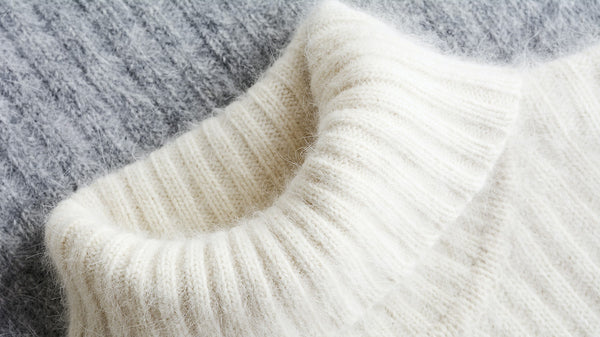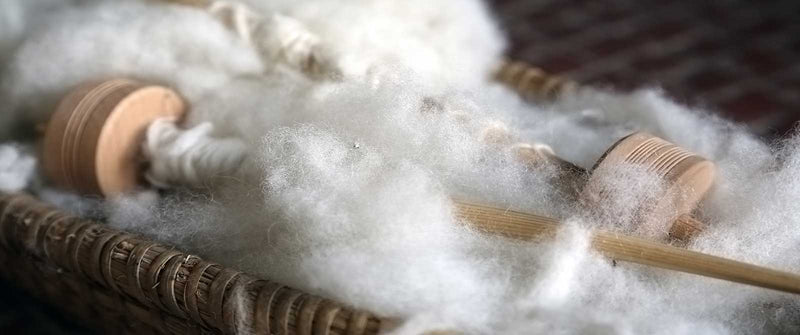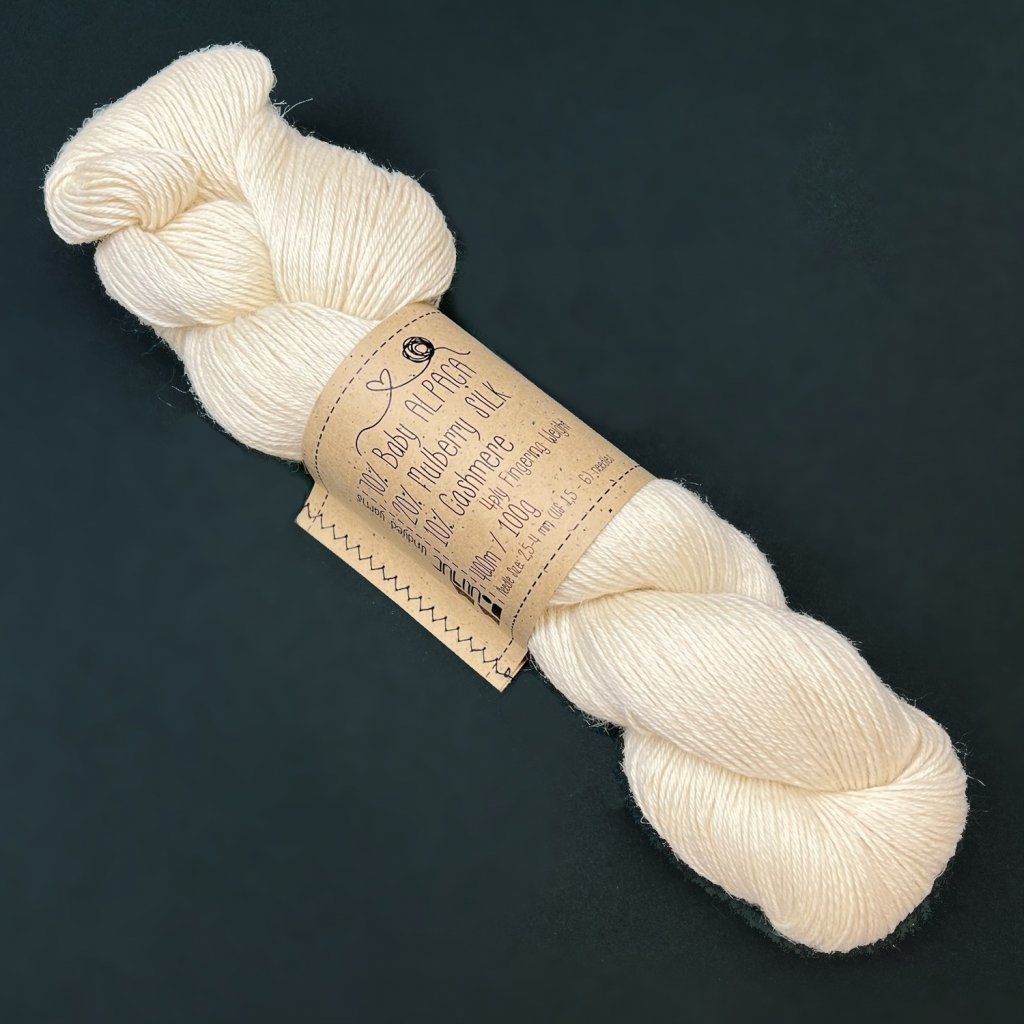Discover the Allure of Cashmere a Natural Fiber: Why It's a Must-Have in Your Closet
The attraction of cashmere, a deluxe all-natural fiber, goes beyond plain visual appeals. From discussing its interesting origin to comprehending its production process, high quality, and care, it's worth exploring why cashmere holds such an unique place in the world of textiles.

The Beginning and Background of Cashmere: A Short Introduction
While lots of may see cashmere as an easy luxury, its background is soaked in rich social practice. Originating from the Kashmir region in India, cashmere woollen has been produced for hundreds of years. The fiber is acquired from the soft undercoat of cashmere goats, gathered during their molting period. As a valuable commodity, it was traded along the Silk Roadway, ending up being highly valued in Europe in the 18th century. The name 'cashmere' is an old English derivation of Kashmir. Despite its international popularity, the bulk of cashmere production still remains in Asia, especially China and Mongolia. This historic journey highlights the social importance of cashmere, transforming it from a local specialty to an international luxury.
Comprehending the Unique Properties of Cashmere Fiber
While other materials may wear down over time, cashmere retains its quality, guaranteeing lasting wear. Cashmere possesses a distinct aesthetic appeal. Understanding these residential or commercial properties clears up why cashmere is not just a high-end, yet a rewarding financial investment for any type of wardrobe.

The Process of Making Cashmere: From Goat to Garment
To value the glamorous properties of cashmere completely, one must comprehend its trip from the raw fiber to the finished product. The process starts with the cashmere goats, mostly found in Mongolia, China, and Iran. The soft undercoat of these goats, gathered throughout their all-natural molting period in springtime, provides the raw material. This delicate fiber is then meticulously divided from the coarser external hair in a labor-intensive process known as dehairing. The pure cashmere is then dyed, rotated right into thread, and ultimately weaved or woven right into the coveted garments. Each step is carefully performed to protect cashmere's significant heat, soft qualities, and resilience. This elaborate process leads to the development of a genuinely extravagant textile.

Translating the Quality and Cost: Why Is Cashmere so Expensive?
Cashmere stems from the great undercoat of the cashmere goat, with each goat creating a mere 150 grams annually. The handling of raw cashmere needs both time and competence, with the fibers requiring to be very carefully sorted, cleaned, and spun. These elements combined make cashmere a pricy yet highly popular commodity in the globe of fashion.
Cashmere in vogue: The Versatility and Classic Charm
In spite of its high rate, the timeless charm and adaptability of cashmere have actually solidified its location in the world of fashion. The flexible nature of cashmere permits for its assimilation into both official and informal attire, representing its wide allure. As fads come and go, cashmere remains a constant, its web link appeal undiminished, continuing to influence and form the style market's landscape.
Caring for Your Cashmere: Upkeep and Conservation Tips
Making certain the long life of cashmere garments needs particular treatment and focus. Routine brushing with a cashmere comb can protect against pilling. With these upkeep and preservation tips, one can guarantee their cashmere stays durable and luxuriously soft.
Verdict
Cashmere, with its unequaled softness and warmth, gives both luxury and toughness. Discover the attraction of cashmere and elevate your fashion arsenal.
